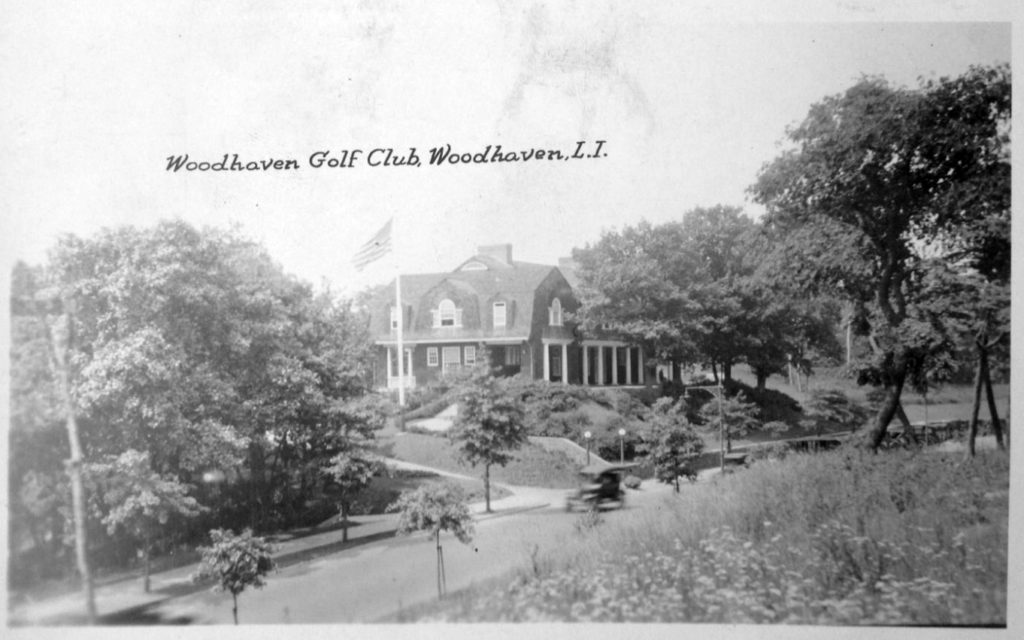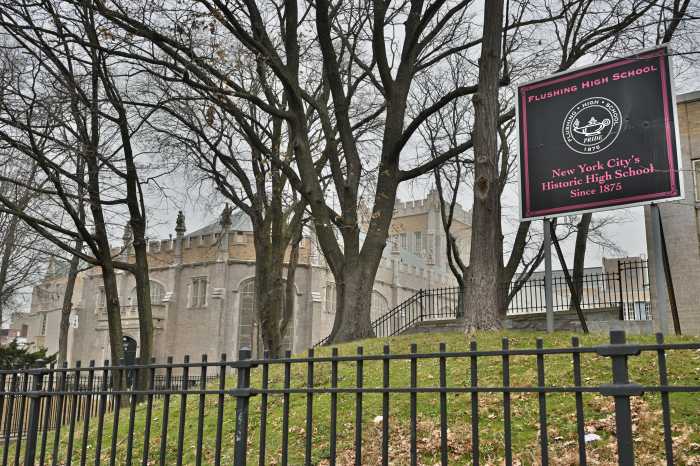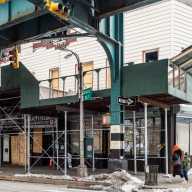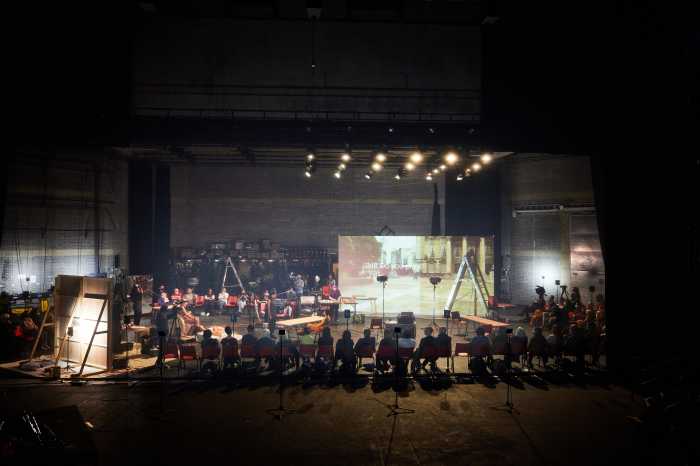Brooklyn’s Forest Park (as it was originally christened), boasts some of the highest lands on Long Island with spectacular views overlooking Jamaica Plains. Sitting high on top of a massive rock formed by glacial movement, the views from Forest Park stretch all the way to Jamaica Bay and overlooks all of Brooklyn to the west, with Manhattan sitting in the distance.
Although much of Forest Park’s 538 acres consists of natural woodland, the park itself was planned and designed by landscape architect Frederick Law Olmsted. However, the idea of crafting a park at that location came from James S.T. Stranahan, a Congressman from Brooklyn who was instrumental in securing the funding and support for building Prospect Park.
Mr. Stranahan’s original concept was one giant, continuous park stretching from Brooklyn all the way to Jamaica. However, in the few years since the land for Prospect Park was purchased by the city, the population advanced and much of the property east of Brooklyn began to be developed.
In fact, the rate of development was so swift that the city had to rush and purchase the remaining land at a much higher price in 1895 than it would have paid just a few years earlier when Mr. Stranahan conceived of the idea. Had they waited even one more year it is likely that Forest Park would never have been created at all.
In 1901, just a few years after the park officially launched, a nine-hole golf course was opened to the public. By 1905, the popularity of the golf course would prompt it to expand to 18 holes, stretching south all the way to Ashland Avenue, where residential homes marked the start of Woodhaven proper.
As part of the expansion, a Dutch Colonial golf clubhouse was built on the course in 1905 by the architectural firm of Helmle, Huberty & Hudswell, who also designed the landmark Williamsburgh Savings Bank tower in Brooklyn. Surrounded by the golf course, a set of stairs led from the building directly to the first tee. The club house had lockers, parlors and bathing facilities for the golfers.
In July of 1914, Queens Parks Commissioner John Weier met with residents of Woodhaven who had been pushing to have some of the golf course turned over to the community. In particular, the residents were looking to have the part of the golf course south of the clubhouse, near Ashland Avenue, converted into a playground.
The Parks Department agreed to shift 4 holes of the golf course directly off of Ashland and extend the course northward, picking up the land to build 4 replacement holes near the Myrtle Avenue side of the park. Development of the playground (referred to at the time as the Lott Avenue Playground) was delayed by World War 1, but finally opened in June of 1923.

With these changes, a second golf clubhouse was built, at 80th Street and Myrtle Avenue, and over time, the original clubhouse found itself on the outside of the course it was built for. The road that ran past the clubhouse was named Forest Park Drive and formed a connection between Woodhaven and Glendale.
Although the world around us has changed vastly over the last century, much of Forest Park has not and everything described thus far is still visible. The Forest Park Golf House (now known as Oak Ridge) went through a beautiful restoration and currently houses the administration offices of Forest Park.
Today, the Lott Avenue Playground is named after Mary Whalen, a longtime community activist who served on Community Board 9 and as the president of the Woodhaven Residents’ Block Association. Ms. Whalen was also a member of the Ladies Auxiliary of American Legion Post 118 and was the founder and first president of the Greater Woodhaven Development Corporation.
In the 1920s a borough-wide set of street naming conventions were developed and almost every street name in Queens was changed. Ashland Avenue, on which the southern end of the golf course originally bordered, became Park Lane South and Lott Avenue became 76th Street.
When James S.T. Stranahan conceived of Forest Park well over a hundred years ago, he envisioned one large park stretching for miles from Brooklyn to Jamaica. But what we ended up with is a large park that belongs to us; a park that’s packed with beauty, history and traditions.



































